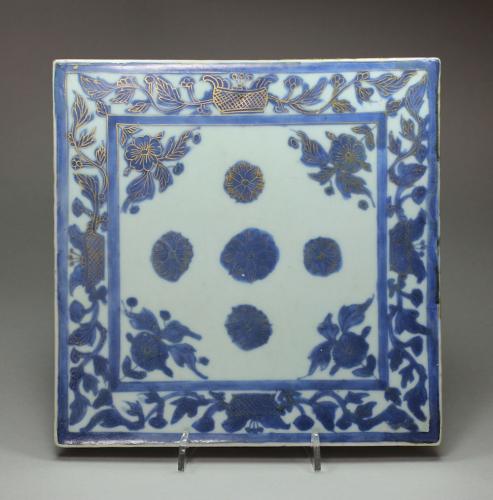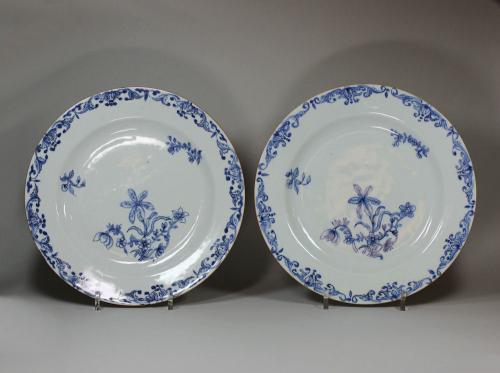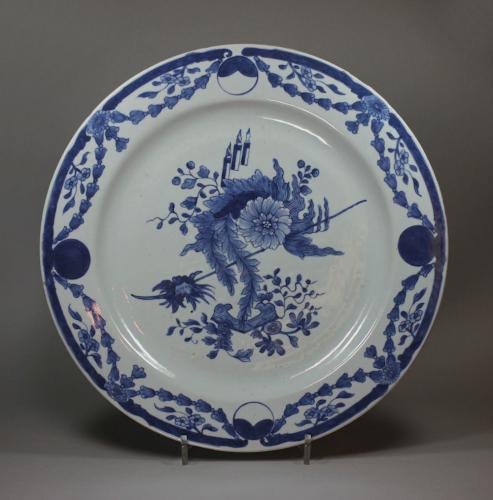
Price on application
This object is eligible for a Certificate of BADA Provenance
The BADA Standard
- Since 1918, BADA has been the leading association for the antiques and fine art trade
- Members are elected for their knowledge, integrity and quality of stock
- Our clients are protected by BADA’s code of conduct
- Our dealers’ membership is reviewed and renewed annually
- Bada.org is a non-profit site: clients deal directly with members and they pay no hidden fees
Chinese armorial saucer, Qianlong (1736-1795), decorated in the Imari palette with underglaze blue and overglaze iron red enamels, the centre with the arms of Horsemonden (Gules a saltire argent over all fess azure, a leopard’s head affronté (unfilled) from the top two snakes vert issuant and facing the dexter and sinister the tails appearing from the mouth), the rim with four ruyi-shaped cartouches containing flowers issuing from rockwork, interspersed with scrolling peony heads and leafwork.
The Horsemonden family originated in Kent, and had connections to the East India Trading Company through John Horsemonden, who was a supercargo and second member of the Council at Canton in 1721. A plate of similar design, also with the arms of Horsemonden, can be found in the collection of the V&A (FE.44-1978) See Howard, David Santuary. Chinese Armorial Porcelain. London: Faber and Faber Limited, 1974, p. 176.
Dimensions
Diameter: 13.7cm. (5 3/8in.)Condition report
Three hair cracks and nibbles to rim.Stock number
W485The BADA Standard
- Since 1918, BADA has been the leading association for the antiques and fine art trade
- Members are elected for their knowledge, integrity and quality of stock
- Our clients are protected by BADA’s code of conduct
- Our dealers’ membership is reviewed and renewed annually
- Bada.org is a non-profit site: clients deal directly with members and they pay no hidden fees




